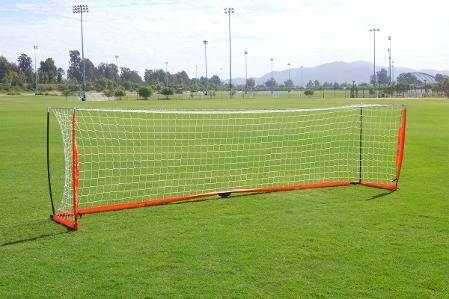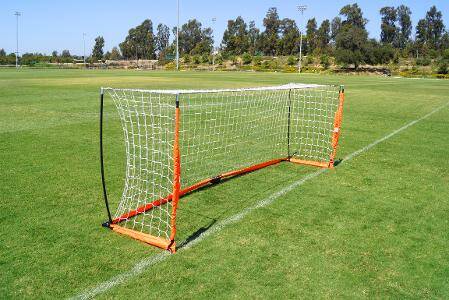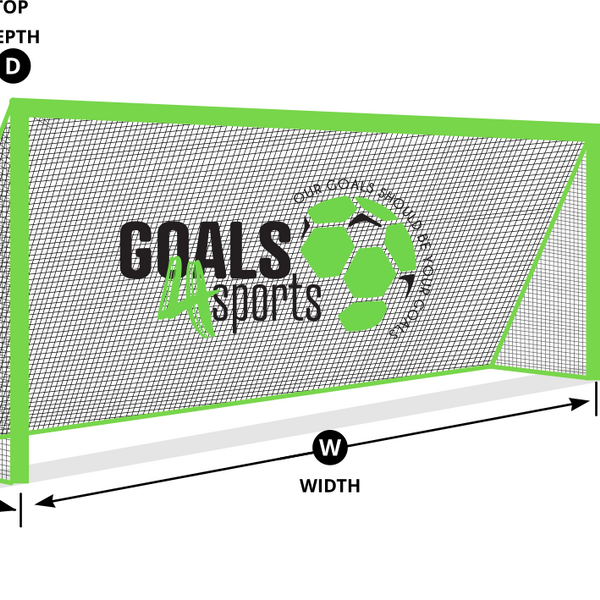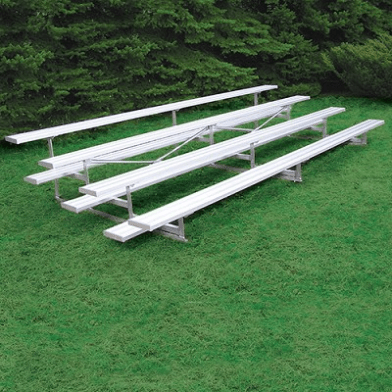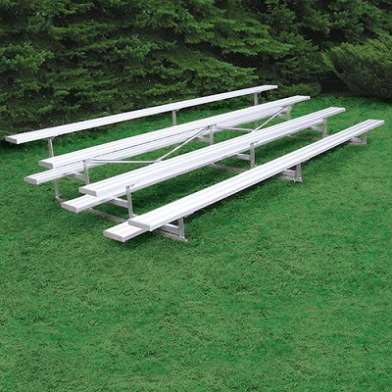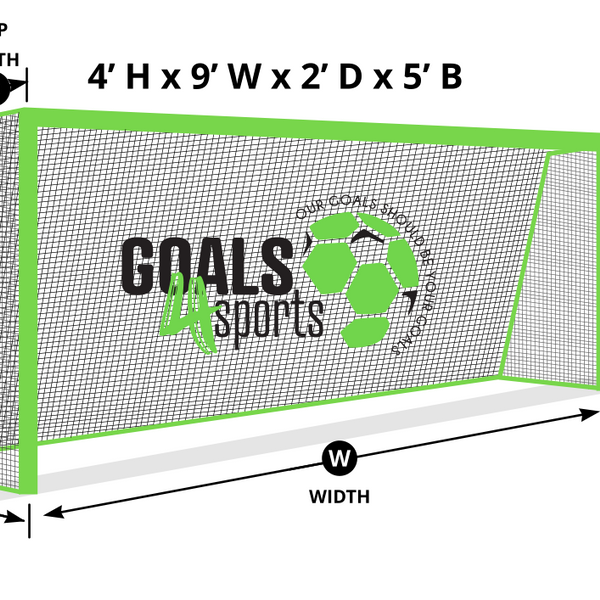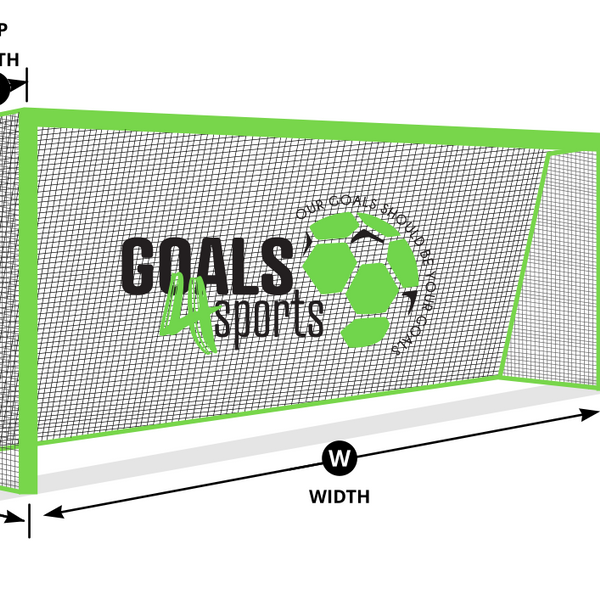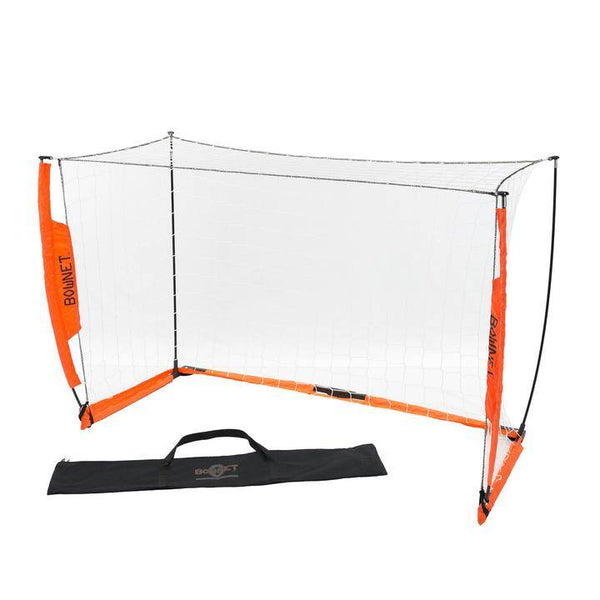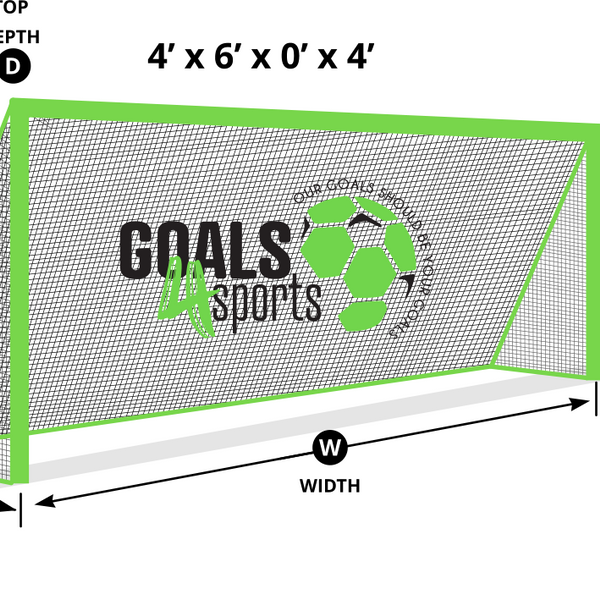Building and Maintaining a Girls Softball Field (2025 USA Softball Specs): From Grass to Home Runs
Creating and maintaining a girls softball field to USA Softball standards means paying close attention to layout, safety, and durability. In addition to the grass, dugouts, fence, and lines, there are precise measurements required by the 2025 USA Softball Rulebook for the batter’s box, running lane, pitcher's circle, base distances, and more. Let’s break down what it takes to build a field that’s regulation, safe, and performance-ready.
Key Layout Dimensions (USA Softball 2025 Official Rules)
Here are the critical distances and sizes as specified in the 2025 USA Softball Rulebook. These apply for Fast Pitch, Modified Pitch, and Slow Pitch games in youth and adult divisions, depending on the age and type of play. USA Softball
| Feature | Dimension / Specification |
|---|---|
| Base Paths (Distance between bases) | Usually 60 feet for Fast Pitch, Modified Pitch, and many youth divisions. For Slow Pitch, base paths increase to 70 feet in adult and some youth divisions. |
| Pitching Distance (pitcher’s plate to home plate) | For Fast Pitch and Modified Pitch “Women / Girls” divisions, it is 43 feet from pitcher’s plate to back point of home plate. For Slow Pitch it is 50 feet in many divisions. |
| Backstop distance | The backstop must be at least 25 feet and no more than 30 feet behind home plate. |
| Batter’s Box (each side of home plate) | Fast Pitch, Modified, and Slow Pitch: 3 feet wide × 7 feet long; the front line of the box is 4 feet in front of a line drawn through the center of home plate. The inside lines of the batters’ box are 6 inches from home plate. |
| Batter’s Box for 16-inch Slow Pitch | 4 feet wide × 8 feet long; still with the front line 4 feet in front of the center line of home plate, and inside lines 6 inches from home plate. |
| Running Lane (“Three-Foot Lane”) between home plate and first base | There is a three-foot lane in foul territory, parallel to and 3 feet from the first base foul line. It starts halfway between home plate and first base and goes to the back edge of first base. This lane is for the batter-runner after hitting the ball, to run to first base. |
| Pitcher’s Circle | A circle of 8 feet radius drawn from the front edge of the pitcher’s plate. The lines drawn around the pitcher’s plate are considered inside the circle. |
| Pitcher’s Plate | 24 inches long and 6 inches wide; the front of the pitcher’s plate is set at the prescribed pitching distance from the back point of home plate. |
| Home Plate | Made of rubber or suitable material; 5-sided, 17 inches wide across the edge facing the pitcher’s plate; the two edges parallel to the batter’s box are 8½ inches long; the two sides facing the catcher point are 12 inches long. |
Incorporating Dimensions into Field Design & Maintenance

Knowing these official dimensions, let’s see how they influence the things you already plan to do—grass, lines, dugouts, fence, etc.
Layout and Marking (Lines & Distances)
-
Use precise measurement tools (steel tape, stakes, string lines) to lay out the bases, pitching rubber, backstop, foul lines, and running lane. Misplaced bases or pitching plates degrade fairness and can create safety risks.
-
The three-foot lane is especially important. After hitting, the batter-runner must stay in that lane toward first base. Make sure that line is clearly marked in foul territory, nice and visible.
-
Batter’s boxes (fast, slow, modified) need to be drawn to spec: width, length, and distance from home plate. The inside lines at six inches from home plate help ensure accurate legal contacts and proper positioning.
Pitcher’s Circle & Mound Area
-
Draw the circle of 8 ft radius correctly around the front edge of the pitcher’s plate. This helps define the safety zone and aids in regulating pitcher movement during certain pitches.
-
The pitcher’s plate must be firmly anchored and level with the ground to avoid tripping hazards.
Bases & Base Paths
-
Bases should be 15 inches square (aside from the double base at first base where required). They should not be more than 5 inches thick. USA Softball
-
Distance between bases and from the pitcher’s plate to home plate changes depending on division. For most girls Fast Pitch youth divisions, it is 60 ft for bases and 43 ft for pitching. Ensure that these are measured accurately (from back point of home plate to back of the base) to match rulebook spec. USA Softball
Why These Dimensions Matter
-
Player safety. Proper base paths and running lanes reduce collisions; a properly drawn pitcher’s circle helps in enforcing rules around pitching and foot placement. Mis-measured or poorly defined boxes lanes cause confusion or unsafe play.
-
Rules compliance. Using USA Softball official dimensions ensures that games (especially tournaments or championship play) won’t run into problems over illegal field layout.
-
Consistency. Players who compete on properly dimensioned fields have fewer surprises moving between fields or levels.
Integrating These Specs with Field Maintenance
Putting the layout in place is just step one. To maintain it:
-
Repaint/spay chalk lines for the batter’s box, running lane, and in front of the pitcher’s plate regularly so they remain crisp and visible.
-
Check the pitcher’s plate for levelness, anchoring, and damage. As the season progresses, ground shifts or erosion could tilt or loosen it.
-
For grass: edge the base paths and dirt transitions so that the grass doesn’t overgrow into key lines and paths (e.g. around bases, running lanes).
-
In high-use areas (around home plate, between home and first, the pitching circle), monitor wear and repair or resurface as needed, especially dirt/rubber surfaces.
Example Field Setup: Putting It All Together
Here’s a sample spec for a typical girls Fast Pitch youth field under USA Softball, using the 2025 rulebook specs:
-
Bases: 60 ft apart
-
Pitcher’s plate to home: 43 ft
-
Batter’s boxes: 3 ft × 7 ft, inside lines 6 in from home plate, front edge 4 ft in front of center line of home plate
-
Running lane: 3 ft lane in foul territory, starting halfway between home plate and first base, running to back edge of first base
-
Pitcher’s circle: 8 ft radius around front edge of pitcher’s plate
-
Backstop: 25-30 ft behind home plate
Final Thoughts
Using the 2025 USA Softball Rulebook as a guide ensures your girls softball field isn’t just good—it’s regulation, safe, and ready for competitive play. Whether you’re laying out a new field or bringing an existing one up to par, these exact dimensions for the batter’s box, running lane, pitcher’s circle, bases, and home plate are essential. Combined with good grass management, well-built dugouts, solid fencing for home runs, and regular maintenance, you’ll have a field that players respect, enjoy, and compete on proudly.



